In Dragon Age: The Veilguard, and as the case with many other RPGs, it’s imperative to know how the element of status effects work in such games. These effects can be a hassle when they bring ailments and debuffs upon you, but they’re just as valuable when used strategically against enemies, making even the most challenging foes manageable.
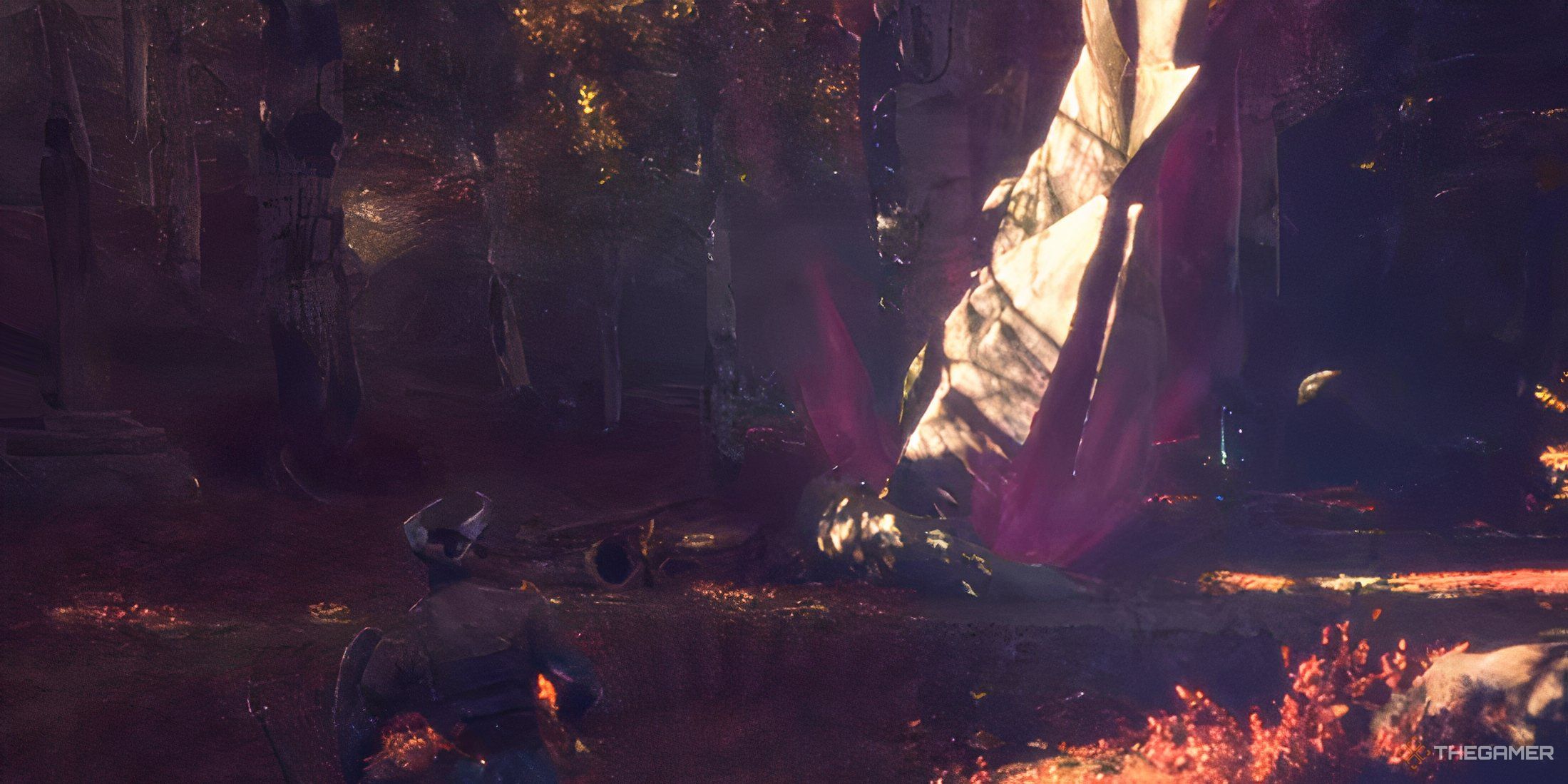
Related
Dragon Age: The Veilguard – Arlathan Forest Shadowy Grove Statues Puzzle Solution
If you’re looking for a hidden chest in Arlathan Forest, you’ll need the solution to the Dragon Age: The Veilguard Shadowy Grove Statues puzzle.
This guide provides a complete breakdown of all status effects and ailments, organized into negative and positive effects. We’ll also cover Primers and Detonators, a special combat mechanic that pairs certain status effects to deliver severe damage.
What Are Status Effects?
Status effects in Dragon Age: The Veilguard can impact both Rook’s party and their foes. Broadly, these effects can be split into positive or negative status effects.
- Positive effects, which the game terms as advantages, grant boosts or advantageous benefits that temporarily strengthen you and your party.
- Negative effects, conversely, consist of debuffs and ailments – otherwise known as afflictions – that cause damage over time.
While it’s best to steer clear of these status effects and afflictions when they’re used against you, these can be used in your favor to make quick work of enemies.
You can trigger Status effects through abilities or passive effects of certain items, and if misfortune strikes and you’re afflicted, you’ll simply have to wait it out until the effect subsides.
Every Positive Status Effect
|
Status Effect |
Description |
|---|---|
|
Deflect |
Nullifies damage received on the next strike. |
|
Enhanced Damage |
Increases base damage. |
|
Immovable |
Immune to physical reactions and interruptions like Knocked Back and Knocked Down. |
|
Invulnerable |
Immune to all sorts of damage. |
|
Penetration |
Ignores a portion of a target’s defense while dealing damage. |
|
Precision |
The next charged or final attack in a combo chain is a critical hit. |
|
Quickened |
Reduces ability cooldowns. |
|
Rallied |
Rook or their companions in a Rallied state will deal increased damage. |
|
Rejuvenation |
A target gradually recovers health over time. |
|
Resistant |
Increases the target’s Resistance to all damage types. |
|
Revival Charge |
A second wind when your health is depleted by consuming a companion’s Revival Charge. |
|
Taunt |
It shifts the target’s aggro to the companion who uses Taunt. |
Every Negative Status Effect
|
Status Effect |
Description |
|---|---|
|
Arcane Mark |
Light attacks dealt by Mages build up stacks of Arcane Mark, and the third stack is converted to an Arcane Bomb, which can be triggered with a heavy attack. |
|
Bees! |
Activated by the passive effect of certain items, the Target suffers Physical damage over time. |
|
Bleeding |
While active, the target sustains Physical damage over time, and damage dealt to health pool increases (bar of armor and magic barriers do not count). |
|
Blighted |
Inflicted while stepping in Blight pools. It affects Darkspawn enemies positively by increasing their damage and Resistances while having the opposite effect on you and your allies. |
|
Burning |
When active, it deals Fire damage over time to a target, and their armor bar sustains increased damage. |
|
Chilled |
When active, it deals Cold damage over time to a target, and their movement and attacks are slowed. |
|
Frozen |
The target freezes in place and is unable to move or attack |
|
Knocked Back |
A target pushed back by the force of an attack is considered Knocked Back. |
|
Knocked Down |
It sends targets into a prone position, leaving them flat on the ground. They’re unable to move or strike back for a brief moment in this state. |
|
Necrosis |
While active, it deals Necrotic damage over time to a target, and their magic barrier, if any, takes increased damage. |
|
Overwhelmed |
Targets sustain extra Stagger damage in an Overwhelmed state. |
|
Quietus |
An affliction exclusive to the Emmrich companion. He uses it to deal Necrotic damage over time. |
|
Shocked |
While active, a target sustains an equal amount of Electric and Stagger damage over time. |
|
Siphoned |
While active, it deals Necrotic damage over time to a target. The user also restores an equal amount of health. |
|
Staggered |
This status effect is applied when you fill the purple Stagger bar above the target’s health bar, and it enables Takedowns. |
|
Sundered |
Targets sustain increased damage from all sources. |
|
Vulnerable |
Reduces the target’s resistance to the damage type that causes the Vulnerability. Usually applied through abilities, for example, if an ability deals Cold damage and applies the Vulnerable status effect, the target will receive a debuff against Cold damage. |
|
Weakened |
A target in this state deals less damage. |
What Are Primers And Detonators?
Primers and Detonators is an incredibly useful combat mechanic introduced during the Singing Blade story quest.
This system lets you set up a devastating attack by pairing certain skills together. First, specific abilities apply Primers — essentially the Sundered, Overwhelmed, or Weakened status effect — on an enemy. Then, you trigger a matching Detonator, that Detonates the effect.
When paired correctly, a glowing rune appears around the enemy, triggering a high-damage explosion (damage numbers displayed in yellow) with a blast radius that can hit targets caught within.
You can check skill pairings via the ability wheel, where the Combo Opportunity prompt shows possible Primers and Detonators combinations. Be mindful that a Primer comes first, then a Detonator, or you’ll miss out on the massive damage.
The Gather Your Party menu also displays the type of Primers and Detonators your companions possess, so ensure you have an effective party that makes full use of this mechanic before venturing out.
Every Primer And Detonator Ability
Your Rook, depending on the class you picked for them, and companions bring their own unique set of skills to combat, and some specific abilities can either apply Primers or are Detonators. They’re listed in the table below.
|
Character |
Abilities |
|---|---|
|
Mage Rook |
|
|
Rogue Rook |
|
|
Warrior Rook |
|
|
Bellara |
|
|
Davrin |
|
|
Emmrich |
|
|
Harding |
|
|
Lucanis |
|
|
Neve |
|
|
Taash |
|
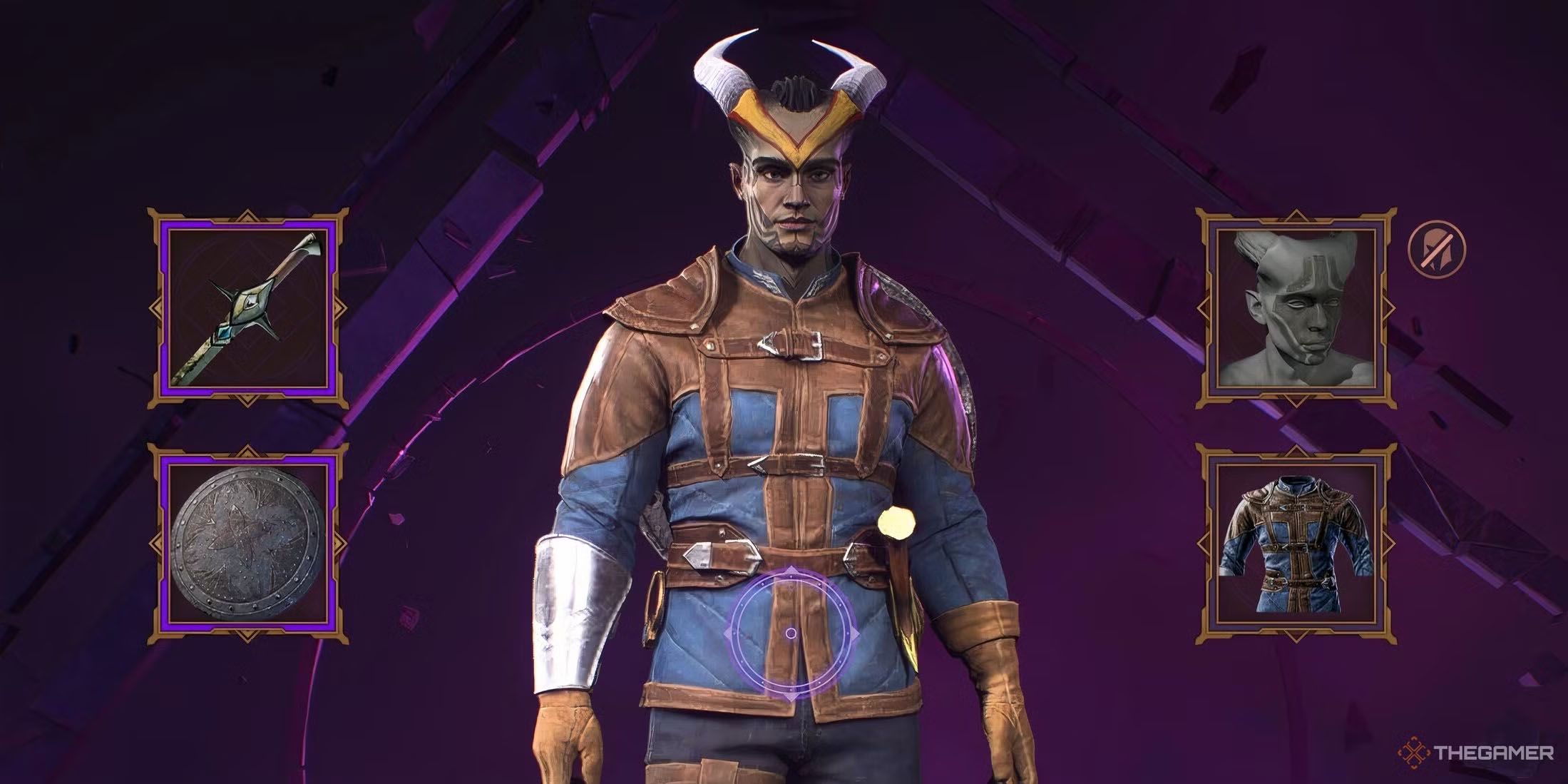
Next
Dragon Age: The Veilguard – How To Change Appearance
You can change gender, buy new outfits, and change everything you can in Dragon Age: The Veilguard’s character creator.
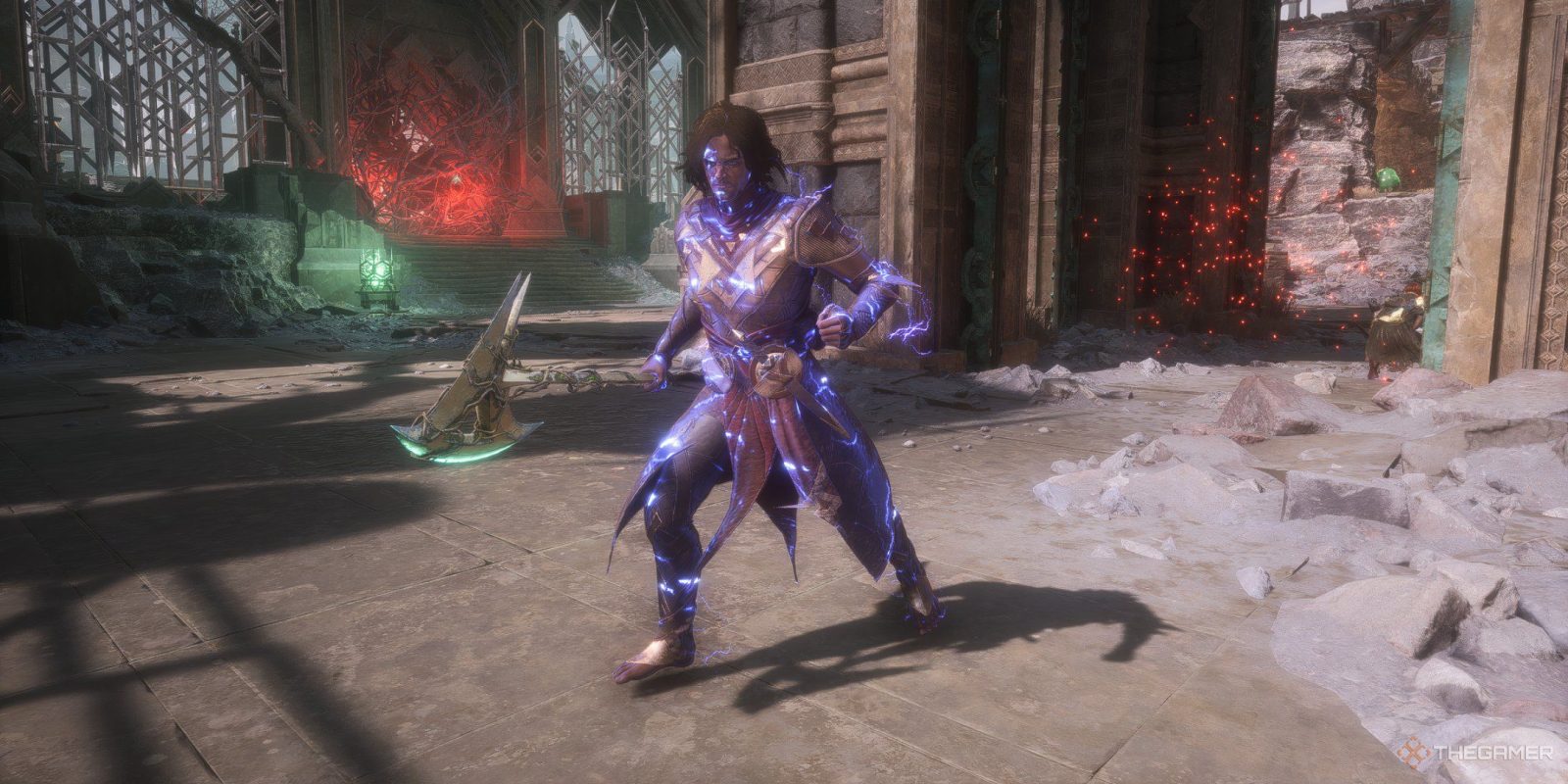
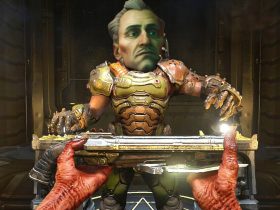
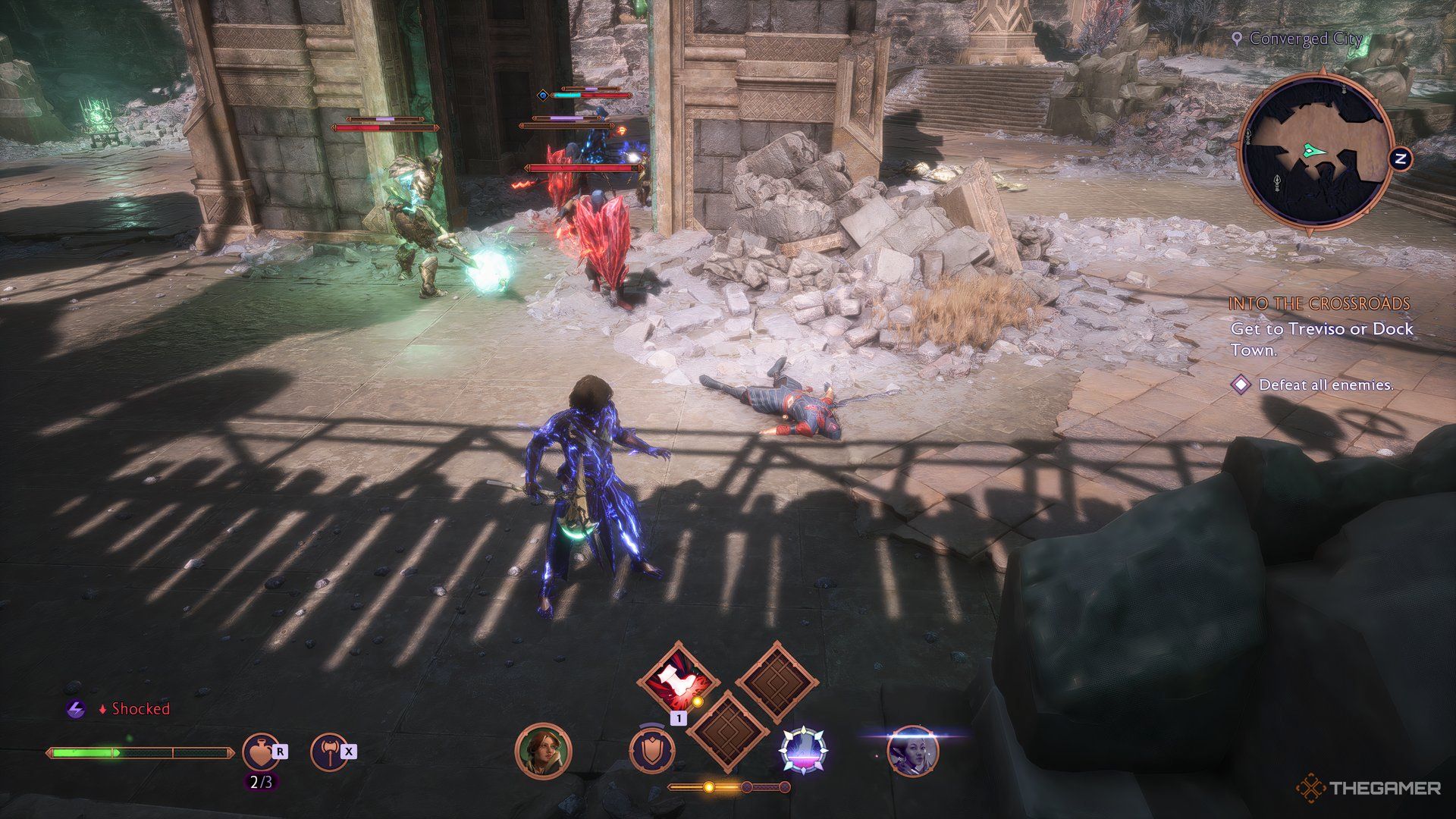
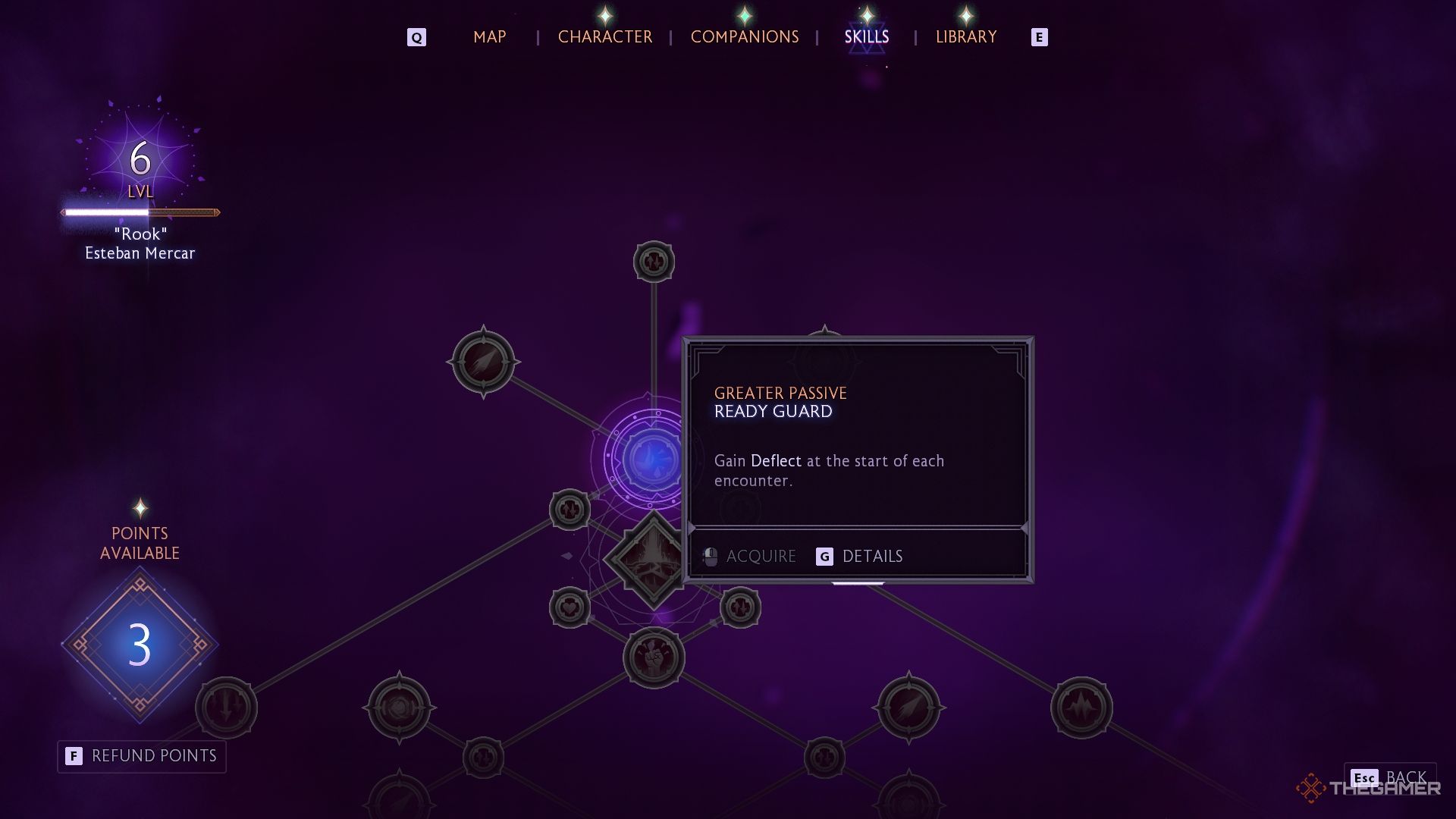
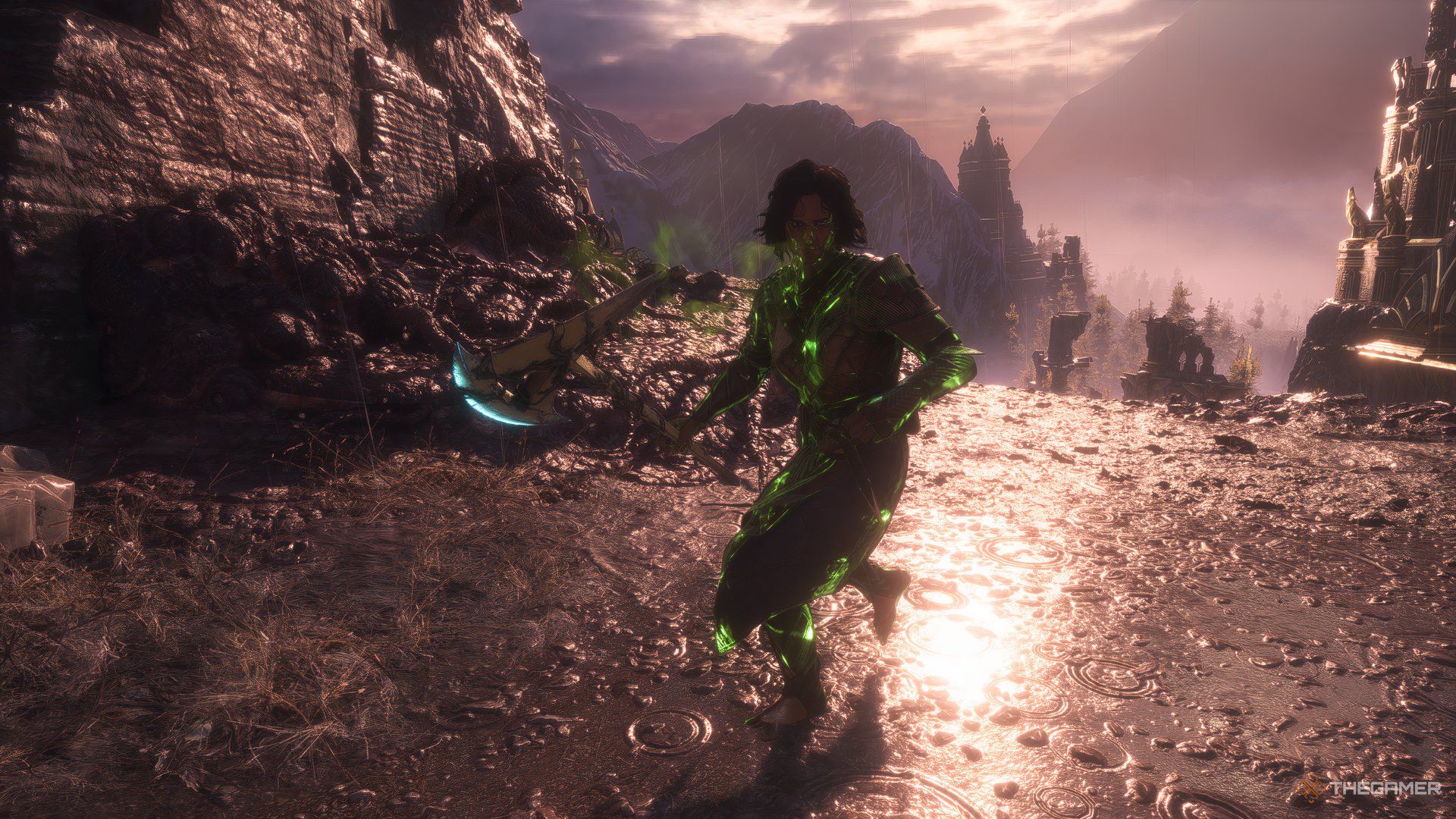
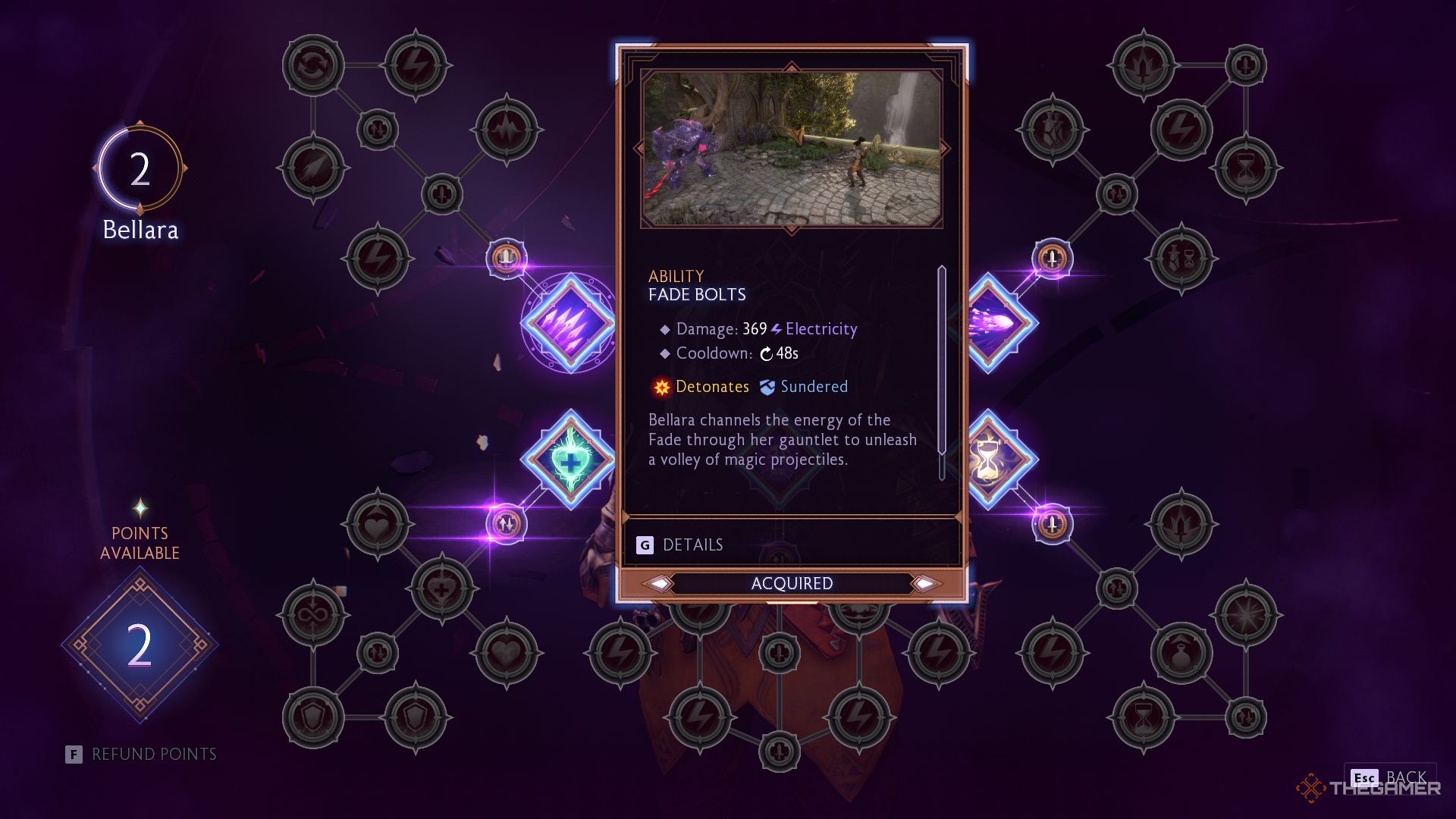
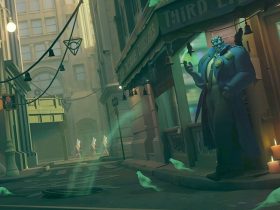









Leave a Reply